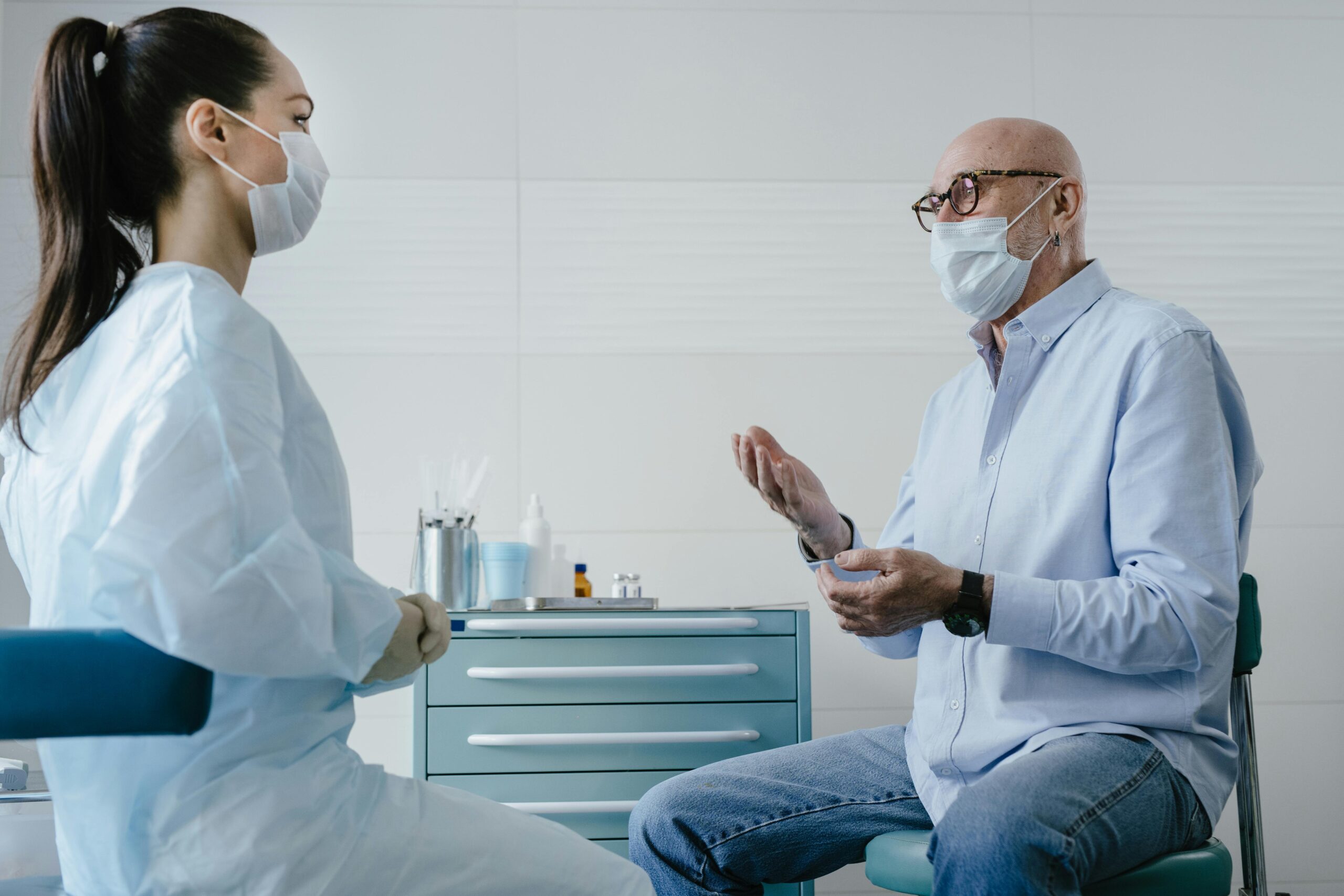Male incontinence refers to the involuntary loss of urine, a condition that can impact men of all ages but becomes more prevalent as they grow older. Understanding its symptoms and knowing when to seek medical care is key to managing incontinence conditions effectively. Here is information about the symptoms of male incontinence, the diagnosis process, and when it’s necessary to consult a urology expert:
Symptoms
The symptoms of male incontinence can vary depending on the type and severity of the issue. While some men may encounter occasional inconveniences, others might face more persistent and disruptive occurrences. Recognizing the symptoms early can help prevent further complications. Common signs of male incontinence include:
- Frequent Urination: Needing to pee more than eight times in a day.
- Nocturia: Waking up to urinate more than twice each night.
- Leakage During Activities: Laughing, coughing, sneezing, bending over, exercising, or even during sexual intercourse may trigger leaks.
- Incomplete Bladder Emptying: Feeling the need to pee but only releasing a small amount of urine.
If you’re dealing with urology issues, it’s beneficial to see a specialist when symptoms persist or worsen. Frequent leaks, constant urgency, and waking up multiple times a night to urinate can seriously disrupt your life and sleep quality. Blood in your urine, pain during urination, or bedwetting as an adult can be signs of underlying concerns that need attention. If your symptoms prevent you from participating in daily activities, seeking help early can offer relief. Visiting a urologist promptly helps address the root cause of incontinence and may prevent long-term complications.
Diagnosis
With advanced diagnostic tools, urologists can pinpoint the underlying cause of incontinence and recommend the proper course of treatment. Urologists begin with a thorough discussion about symptoms, lifestyle, and medical history. Some diagnostic steps include:
- Physical Examination: Assessing the abdomen, pelvic muscles, and other related areas to identify potential causes.
- Urinalysis Screening: Testing the urine to rule out infections, blood presence, or other abnormalities.
- Urodynamic Testing: Evaluating bladder function, pressure, and flow rate.
- Imaging Testing: Ultrasounds or MRIs can help identify obstructions or abnormalities in the urinary tract.
Risks
The likelihood of experiencing incontinence increases with age, primarily due to changes in the urinary system. For older men, factors such as enlarged prostate (BPH), weakened pelvic muscles, and chronic health conditions like diabetes often contribute to the issue. While incontinence issues aren’t uncommon, they should not be overlooked. Seeking care remains key, regardless of age.
Treatments
A variety of treatments are available to help men manage and overcome incontinence, tailored to the type and severity of the condition. For mild cases, lifestyle modifications such as reducing caffeine and alcohol intake, practicing timed voiding, and performing pelvic floor exercises can strengthen bladder control. Medications may also be prescribed to relax the bladder or reduce symptoms of an overactive bladder. For more advanced cases, medical interventions like the use of urethral inserts or external catheters may provide relief.
Benefit From Urology Care Today
Male incontinence affects not just your physical health but your quality of life. Recognizing the symptoms and consulting a urologist early can lead to effective solutions, empowering you to manage your condition effectively. Whether through lifestyle changes, medication, or advanced therapies, expert care is available to help. Reach out to a urologist today and take the first step toward improving your health.


Leave a Reply